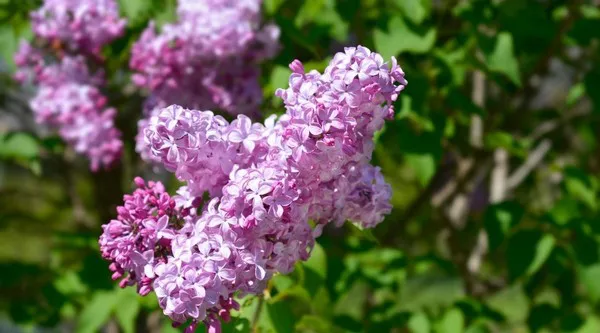Pests are a ubiquitous and persistent concern in agriculture, households, and various other environments. These unwanted organisms can cause extensive damage to crops, structures, and human health. Understanding pests is essential for effective pest management and ensuring the well-being of our ecosystems.
What Are Pests?
Pests are living organisms that interfere with human activities and can be detrimental to our interests. They encompass a wide range of species, including insects, rodents, weeds, and microorganisms. Pests often exhibit characteristics such as rapid reproduction, aggressive feeding habits, and a propensity for disease transmission, making them a considerable threat in various contexts.
Agricultural Pests
Agricultural pests are a significant concern for farmers and the global food supply. They can damage crops, reduce yields, and compromise the quality of agricultural products. Some common examples of agricultural pests include:
Aphids: These tiny, soft-bodied insects feed on plant sap, causing stunted growth and the transmission of plant diseases.
Armyworms: These caterpillar-like larvae of moths devour leaves, stems, and grains, posing a severe threat to crops like maize and rice.
Whiteflies: Whiteflies feed on plant sap, transmit plant viruses, and excrete a sticky substance known as honeydew, which encourages the growth of mold on plants.
Weeds: Weeds are unwanted plants that compete with crops for resources, often leading to reduced crop yields.
Household Pests
Household pests can be a source of significant annoyance and health concerns. They often infest homes, damaging property and spreading disease. Some common examples of household pests include:
Cockroaches: Cockroaches are known for their rapid reproduction and the spread of allergens and disease, making them unwelcome guests in homes.
Bedbugs: These blood-feeding insects hide in mattresses, upholstery, and cracks, causing itchy bites and sleepless nights.
Mice and Rats: These rodents can damage property, contaminate food, and carry diseases, making them a common household nuisance.
Ants: Ants can invade kitchens and pantries in search of food, leaving behind chemical trails that attract more ants.
Structural Pests
Structural pests target buildings and other structures, causing damage and posing safety hazards. Examples of structural pests include:
Termites: Termites feed on wood, often causing extensive structural damage to homes and other wooden structures.
Carpenter Ants: These ants excavate wood to create nesting galleries, weakening the structural integrity of the infested wood.
Powderpost Beetles: Powderpost beetles lay their eggs in wood, and their larvae feed on it, resulting in tiny exit holes and weakened structural components.
Drywood Termites: Drywood termites nest within the wood they consume, often causing hidden damage that can be costly to repair.
Health Pests
Pests can also be detrimental to human health by transmitting diseases or causing allergic reactions. Common examples of health pests include:
Mosquitoes: Mosquitoes are vectors for diseases such as malaria, dengue fever, and Zika virus, making them a significant health concern.
Ticks: Ticks can transmit Lyme disease, Rocky Mountain spotted fever, and other tick-borne illnesses to humans and animals.
Fleas: Fleas not only infest pets but can also bite humans, causing itching and potentially transmitting diseases.
Flies: Houseflies can carry disease-causing bacteria and spread them to food and surfaces in homes and restaurants.
Environmental Pests
Environmental pests can disrupt ecosystems, threaten native species, and damage natural habitats. Examples of environmental pests include:
Invasive Species: Non-native species that outcompete or prey on native species can disrupt ecosystems, causing ecological imbalances.
Kudzu: Kudzu is an invasive vine that grows rapidly and can smother other vegetation, leading to habitat destruction.
Zebra Mussels: These invasive mussels can clog water intake pipes, disrupt aquatic ecosystems, and damage infrastructure.
Feral Hogs: Feral hogs can cause extensive damage to agricultural fields, natural habitats, and water resources.
Integrated Pest Management (IPM)
To address the challenges posed by pests, integrated pest management (IPM) strategies have been developed. IPM combines various pest control methods to minimize the impact of pests while minimizing harm to the environment and non-target organisms. IPM involves practices such as biological control, cultural practices, and the careful use of pesticides, all aimed at achieving sustainable pest management.
Conclusion
Pests are a diverse group of organisms that can cause harm in numerous ways, from damaging crops and structures to spreading diseases and disrupting ecosystems. Recognizing the importance of understanding pests and implementing effective pest management strategies is essential for maintaining the well-being of our environment, agriculture, homes, and health. By identifying and addressing pest issues proactively, we can mitigate their impact and strive for a more harmonious coexistence with the natural world.


